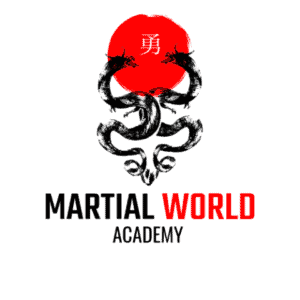This is part 6 of our “Karate Training at Home” series. Click these links for Part 1, Part 2, Part 3, Part 4, Part 5, & Part 7
A common question most people have is when (or even if) it’s a good idea to cross-train in another martial art while they’re studying Karate. In this article we’re going to attempt to answer the old question, “Can cross-training in an different style can make me a better Karate fighter?“.
Generally, cross-training is a great way for any martial artist to better hone his craft. It allows you to explore different martial philosophies, and incorporate new techniques into you arsenal, and better understand the strengths and weaknesses of your own style, too.
If this sounds great, keep reading. We’ll dive deeper into cross-training and see that it’s not all sunshine and roses.
What Cross-Training is and is Not
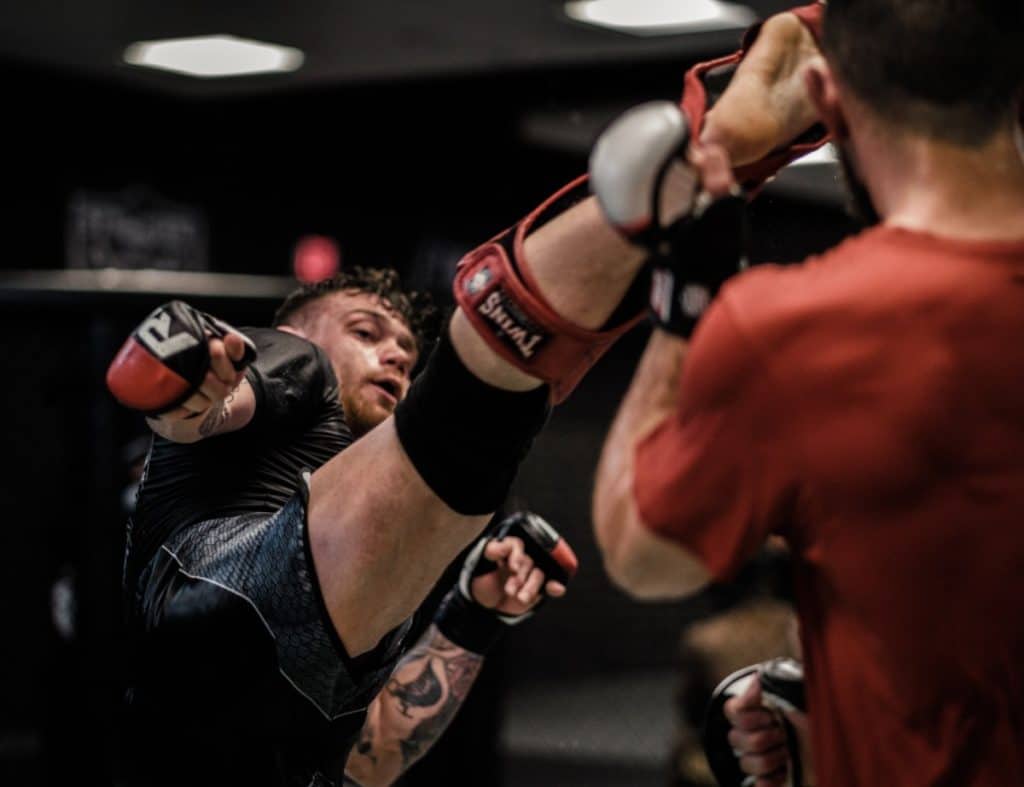
For the purposes of this discussion, “cross-training” will refer to the act of a martial artist supplementing his main fighting style of training with skills or practice methodologies borrowed from another. This is a very different concept compared to what is often found in many popular TV shows, anime, comic books, and movies in which the hero is simultaneously trained in half a dozen styles of armed and unarmed combat (and has time to take the lead actress out on a date).
For many fighters, particularly those in MMA or those primarily concerned with real world self defense, cross-training is not optional; it is absolutely imperative to survival. For proof of this, just look to the first few UFC events. Grappling ruled those events, sure, but what happened a few years later? Strikers cross-trained in grappling and began winning over former champs that only knew how to grapple.
The ultimate goal for this type of fighter is to harmonize what he has learned in order to make him a more complete combatant; one who is ready to to deal with whatever his opponent can offer.
Pros & Cons of Cross-Training
You might be rip-raring to go at this point, but let’s take a second to look at the pros and cons of cross-training:
Pro
- Adding new techniques makes you a more complete fighter.
- Training in a new style can help you appreciate what makes yours strong.
- New training methodologies can help make you stronger, faster, or more flexible.
- You will be more unpredictable in sparring.
- You might end up switching styles completely.
Con
- Diversifying techniques may result in sloppier execution of all techniques.
- Your new instructor might train bad habits into you which make you vulnerable in your base style.
- Over training can lead to injury.
- Your sensei might not like that you’re “cheating” on the dojo.
- You might end up switching styles completely.
The second-to-last one on the “Cons” merits a bit extra discussion. See, there is a certain type of sensei that looks at cross-training as purely a negative thing and likens it to “dojo-hopping” (see “Kick-tionary” page). This type of sensei is often vain and insecure. He covers for this by shrouding his insecurity, claiming his poor opinion of cross-training is rooted in his “traditional” approach to training.
You see, he views the size of his dojo as a reflection of his success and his prowess as a martial artist and will look sourly on any student that deigns to dip a single toe into another style. After all, why would any student need to cross-train? His Karate is “real Karate” and, as everyone knows, “real Karate” has everything a fighter ever needs.
All of this is to say that if you have this type of sensei you have a choice: hide your cross-training and lie when he asks where you learned that technique (“from a movie” is a good excuse), or tell the truth and deal with whatever the consequences might be.
I’m not saying you need to quit, either. Maybe, in spite of being insecure as a martial artist, your sensei is a good person and provides excellent Karate instruction. Maybe he’s a friend, too. All I’m saying is that dealing with personalities and “politics” is a part of martial arts training, and cross-training is often where such a thing comes up, so be prepared.
Which Style to Choose?
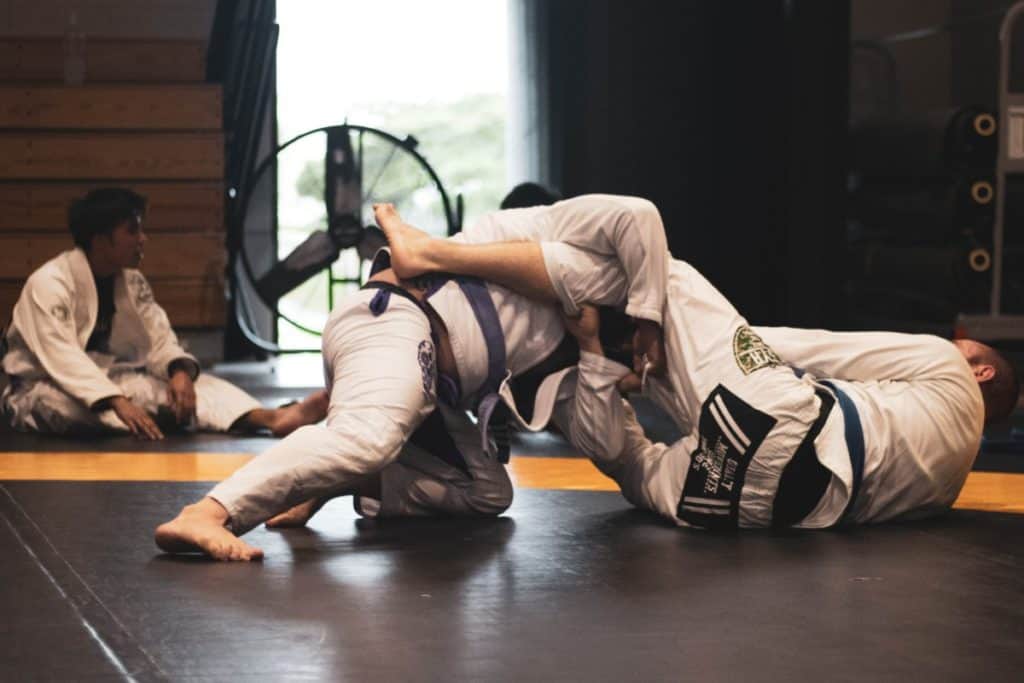
Now we get to the heart of the matter: which martial art to cross-train in. There is no one answer, here, of course. That’s because it will depend on what skills you are looking to add to your training (and your access to quality training).
For the purposes of the article I’m assuming you’re a striker (Karate, Muay Thai, Taekwondo, etc), but this list will help anyone looking to supplement their base style, no matter what it is. And for ease of use, I’ve categorized the list by broad goals:
Self Defense
- Krav Maga – With it’s focus on real life scenarios and common street-thug tactic defense, Krav Maga is an excellent choice for those looking to be safer outside the dojo.
- Boxing – Boxing’s emphasis on footwork and distance makes it very effective. Especially for smaller men.
- Judo – Judo is particularly good for women since it’s techniques emphasize leverage and momentum over strength.
- Firearms – Controversial, yes. But ask yourself, would you rather the woman in your life fend off a rapist with her bare hands or a gun?
Spirituality
- Yoga – While not a martial art, you are more likely to find spiritual instruction here than in most martial arts training halls. And if you’re interested in how yoga can improve your training, outside of spirituality, try my other article here.
- Qigong – You will likely be the youngest person in the school by a few decades, but if you’re looking to align your Chakras, deepen your well of Chi, or simply touch your Ki power, Qigong is a good place to start.
- Kung Fu – There are many styles of Kung Fu, and many do not emphasize the spiritual size of their martial art, but there are many that still do. Just be sure you talk with the Sifu before you sign up.
Grappling/Ground Fighting
- Jujutsu (Japanese) – Perhaps an easier addition for a striker, as Japanese Jujutsu utilizes strikes with its grappling (often as distractions before a throw or as finishers afterwards).
- Jiujitsu (Brazilian) – While completely lacking in strikes, BJJ is highly effective in ground fighting. An excellent supplement for any martial artist with a striking base.
- Judo – Favored by many who still wish to learn grappling, but remain mobile on their feet.
Weapons
- Kendo/Kenjutsu – In addition to learning how to fight with a weapon, it’s just damned cool.
- Firearms – Target shooting is a lot of fun and with an almost unlimited variety of guns out there, you won’t ever get bored.
- Escrima – Aside from looking very cool, knowing how to use a small stick to defend yourself is highly practical and strongly advised.
Sparring Practice
- Boxing – If your base style doesn’t spar much, boxing will fill in that gap. Just be sure you wear your headgear.
- Brazilian Jiujitsu – As a BJJ student, you will be “rolling” almost from day one.
- Kyokushin Karate – (Yes, I’m biased.) Kyokushin strongly emphasizes sparring and teaches you to mentally deal with the shock of receiving blows while still remaining in the fight.
How often to Cross-Train?
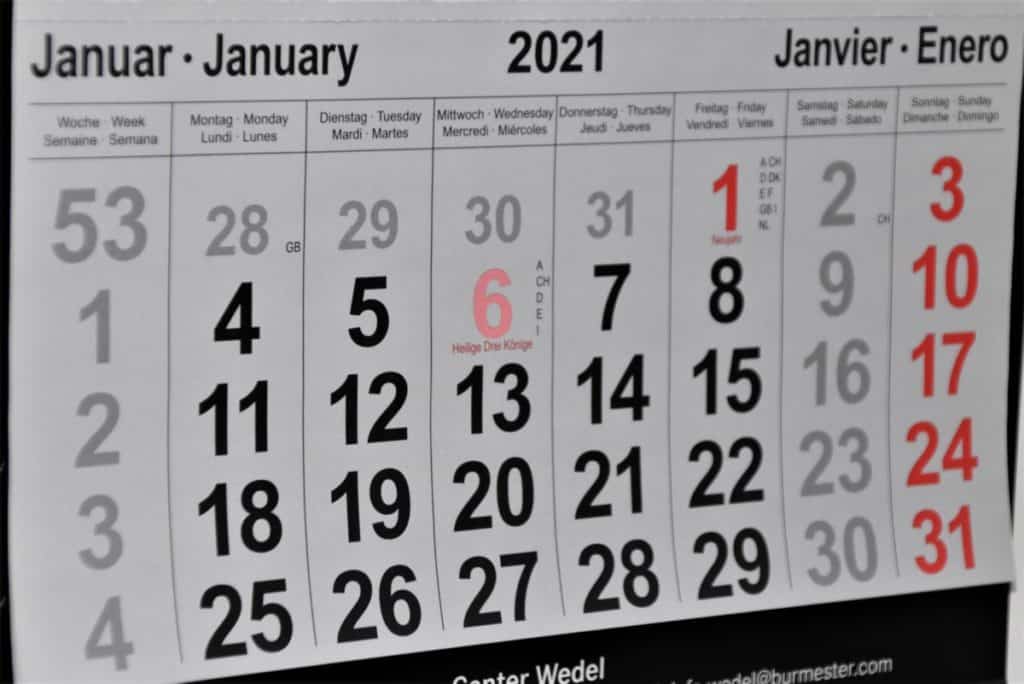
This question will be answered by you better than I. You will need to take into account your health, age, fitness level, and how much free time you have when determining how often you should cross-train. If, for example, by the end of a normal week of training you’re absolutely exhausted, then it might not be time to cross-train at all (unless you’re replacing one of your normal training days with cross-training).
However, if at the end of the week you’ve still got gas in the tank then I’d recommend no more than once or twice a week, and on different days than your normal training. This is so your cross-training never interferes with your base training (and keeps your sensei from getting suspicious, if he’s like the kind we discussed earlier).
Making it part of “Your Karate”
It may take a while, but you will reach a point in your cross-training where you begin to naturally incorporate its techniques and fighting philosophies into your base style of Karate. You will be making it part of Your Karate. When you reach this point you’ll be experiencing what I feel is the arbitrary line that martial arts draws between this style and that. You might, as many fighters do, begin to think that there is only one fighting style, the “human style” (for lack of a better name) and that all these other styles… Karate, Judo, Boxing… are nothing more than specializations.
Or you may still view the distinction between fighting styles as important and valid. Nothing wrong with that. The important thing is that you should be attempting to reach a point with your cross-training that when your opponent attacks, you could just as easily respond with a hip-toss as you could with a jodan-uke (high block).
“It’s not ‘Real Karate‘”
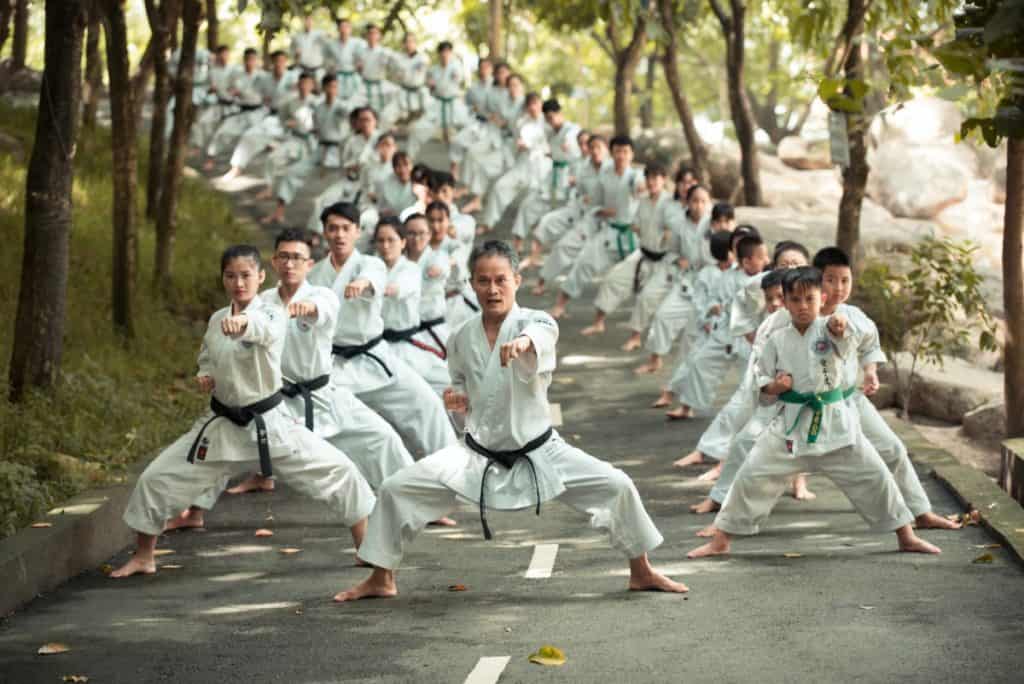
Inevitably, when even the notion of adding a technique to Karate comes up, you will have some… high-minded… individual who goes on about how “that’s not real Karate“. He’ll tell you that “real Karate” (which always just so happens to be whatever style of Karate he practices) doesn’t use that technique. He might also use the old appeal-to-experts tactic and suggest that you’re not a master (or worse yet, not Japanese) and so you have “no right to say that Karate should be changed.”
You’ll notice that people like this are often middle-rank students and occasionally shodan (first degree black belt) instructors who have never fought anyone outside their style. They’ll often spout pretty things about the purity of Karate and it’s completeness. And they’ll insist that you need only study train in “real Karate” (his Karate) to find the skills you’re lacking.
So, let’s blow this right out of the water, shall we?
Karate has always, and will always be an evolving life form. Proof of this is found when comparing “real Karate” of today versus Karate of 20, 50, or 100 years ago:
- The belt system? Copied from Judo.
- The white uniform? Again, Judo.
- The “traditional” mawashi-geri (roundhouse kick)? Copied from Savate (French kickboxing) in the early 20th century.
But go back even earlier and you’ll find Karate being influenced and morphed due to Okinawa’s unique position as an international trading hub. The locals had their own fighting style called “Ti” (hand) and annealed it with different techniques borrowed from Chinese Kung Fu and Indonesian Silat among other styles.
Worse still for our opinionated middle-rank friend is that it’s extremely likely that he isn’t even studying “real Karate” at all, but rather a stripped down, hyper focused one. You see, real Karate (if you’ll permit me the phrase) involves more than just punching and kicking, but grappling, trapping, and of course weapons training too.
If you enjoy reading about the history of Karate check out my other article here.
The point here isn’t to mock an overly zealous student (because let’s be honest… we have all been that student for at least a little while), but rather to add some historical fact to the discussion of cross-training so you do not to let fear of “tainting Karate’s perfection” stop you from improving Your Karate.
Final Round
Much to the chagrin of Karate “purists”, cross-training is a valuable tool that all fighters should utilize, even for the short term. It permits you to see your own styles strengths and weaknesses with fresh eyes, shore up your own combat skills with new techniques, and even reinvigorate your love of martial arts, just in case your base training has gotten dull.
Ignore the purists and elitists. Try something new!
Photo Attribution:
- Photo by Michael B. Luong on Unsplash
- Photo by Daniil Zanevskiy on Unsplash
- Photo by Samuel Castro on Unsplash
- Photo by Waldemar Brandt on Unsplash
- Photo by Thao Le Hoang on Unsplash
